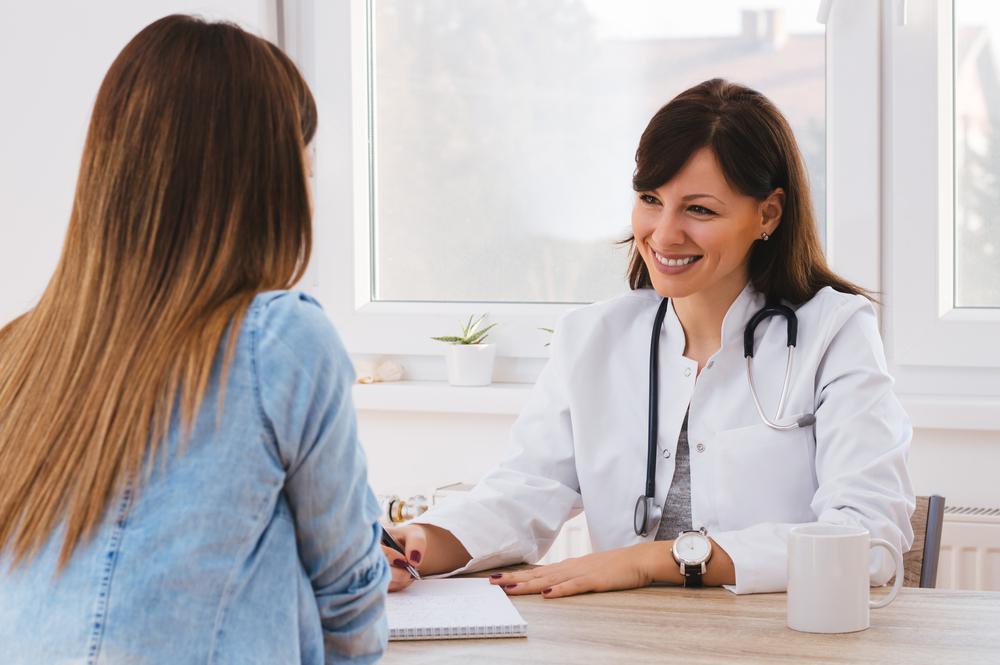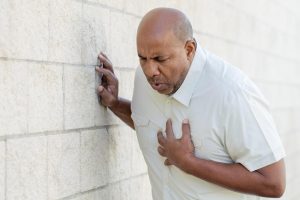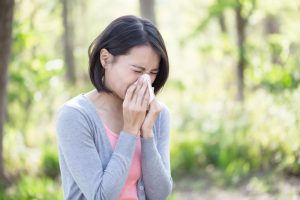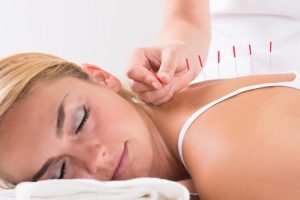How often do you actually examine your breasts, and do you know the proper technique for a self breast exam? There’s no better time to learn how to give yourself a breast exam than the present, so here are some tips to help you be more thorough during your self-checkups.
At Indus Healthcare, with offices located in Pomona, West Covina, and Montclair, California, Dr. Amit Paliwal provides a range of women’s health services, including well-woman checkups and breast exams. However, the best way to find breast cancer early is by knowing your breast tissue and being able to spot changes yourself.
The importance of breast exams
The statistics regarding breast cancer and the importance of screening are powerful: since 1990, mammography has helped reduce deaths caused by breast cancer by nearly 40%. Regular mammograms and at-home examinations can save your life by helping you detect anomalies before they have time to grow.
Breast exams also serve a secondary purpose: familiarizing you with your own breasts. This might seem ridiculous; they’re your breasts, so naturally you’re familiar with them. However, plenty of women don’t notice lumps until they’re pointed out on their mammogram. Simply touching your breasts is not enough — you have to understand the correct technique and know what to look for.
How to perform a proper self-examination
Chances are, you might have stumbled across a guide or diagram explaining how to perform a breast examination on yourself. While these visuals are great to pass along on social media and raise awareness, they don’t always provide accurate and thorough information.
To perform a self-examination, pick a day after your period ends. This is so your breasts aren’t tender, swollen, or sore. If you don’t menstruate, simply pick a day every month. Begin with a visual examination. Stand topless in front of a mirror and slowly raise your arms, lift each breast, and look for any abnormalities. These include:
- Changes in size, shape, or symmetry
- Puckering or dimpling
- Changes to the nipples
- Redness, ridges, or roughness
Then, move on to the physical examination. Use the pads of your fingers to gently massage your breasts in spirals, starting at the nipple and moving outward. Then, run your fingers around the breast, up toward the collarbone. Finally, make sure to massage the sides, checking the area around the armpit.
You can improve your breast examinations with the following tips:
- Perform two exams, before and during your shower
- Take your time, go over each breast with slow and repetitive motions
- Don’t be afraid of adding pressure; you want to try and feel all layers of tissue
- Keep a journal to record what’s normal (and what’s not)
What to do if you find something
Lumps and changes in your breasts aren’t always bad news; your breasts can change due to hormones, weight gain, and age. If you feel something odd, don’t panic. Many women seek out emergency biopsies for benign lumps and abnormalities, leading to breast cancer scares. Instead, stay calm and get a second opinion from your doctor when you can.
However, some changes should be taken seriously right off the bat. These include:
- Hard lumps or knots, especially near the armpit
- Thickening tissue within the breasts
- Visible changes to breast symmetry
- Swelling or pain (outside of pregnancy or your menstrual cycle)
- Rashes, itching, or sores
- Blood or discharge from the nipple
At Indus Healthcare, we provide comprehensive women’s health services, including breast exams and second opinions. If you’ve noticed something odd or just want to check up on your health, schedule an appointment by calling the location closest to you, or visit the contact page for more options.







